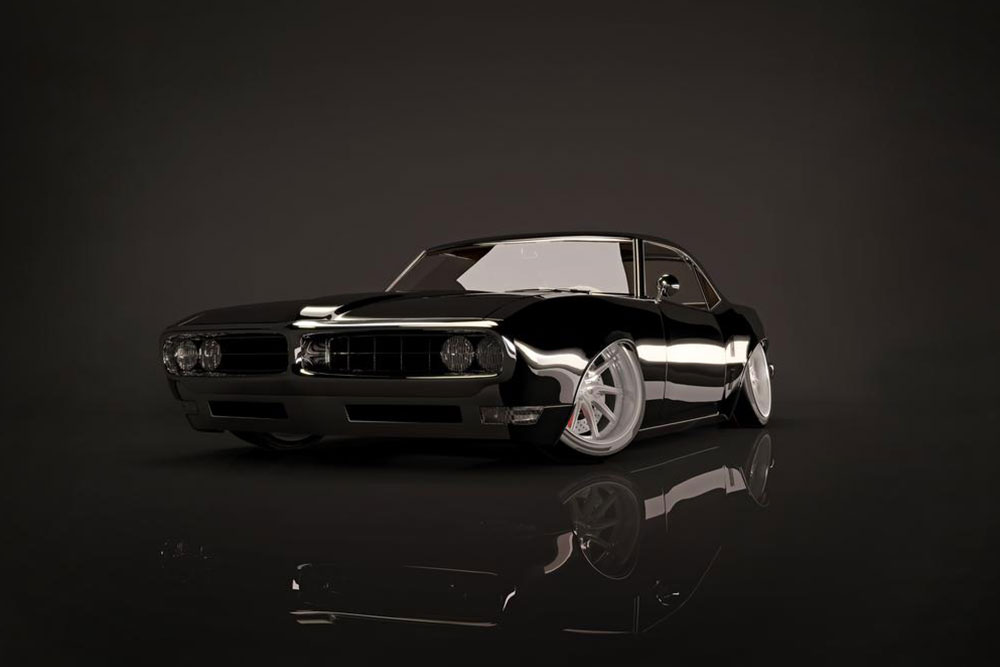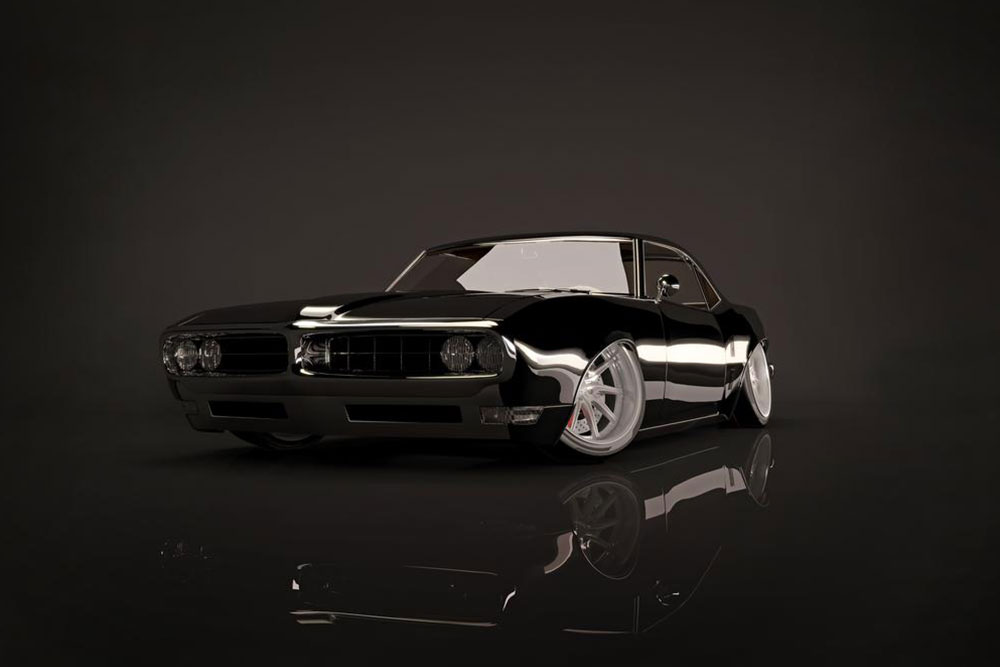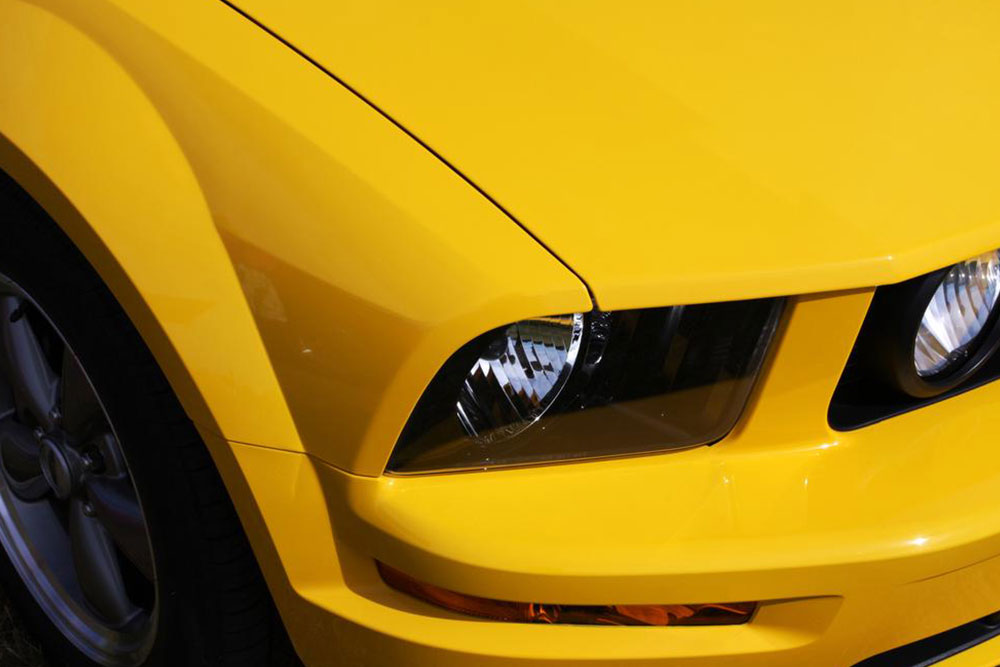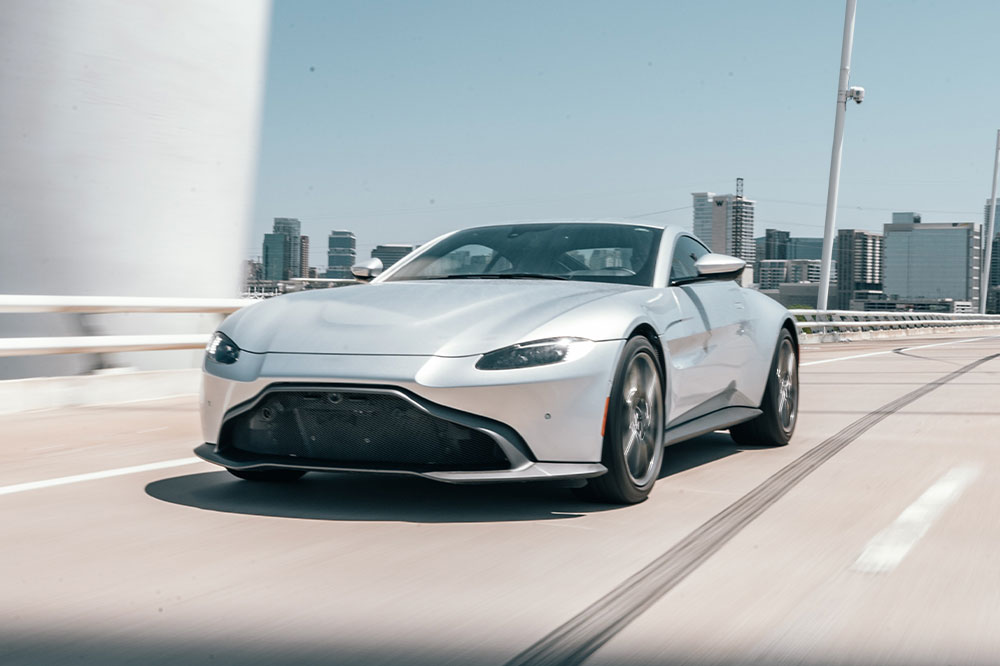The Essential Traits That Define Classic and Modern Muscle Cars
Explore the defining features of classic and modern muscle cars, including powerful V8 engines, impressive quarter-mile times, rear-wheel drive, and their affordability. Learn why these elements are essential for authentic muscle cars that stand out for performance and iconic design.

Discover the Critical Features That Make a Car a True Muscle Car
Muscle cars have long been celebrated for their aggressive styling, impressive performance, and powerful engines. Originally emerging in the United States during the 1960s, these vehicles quickly became icons of speed and American automotive engineering. Over the decades, muscle cars have undergone numerous changes in design and technology, yet the core features that characterize a muscle car have remained remarkably consistent. Whether vintage models or modern reinterpretations, certain elements are essential to the true identity of a muscle car. In this comprehensive guide, we will explore the key features that every authentic muscle car must possess to distinguish it from other high-performance vehicles.
Powerful V8 Engine
The defining characteristic of muscle cars is their formidable V8 engine. These engines are designed to deliver exceptional horsepower and torque, providing the raw, visceral power that gives these cars their aggressive reputation. Classic models such as the Ford Mustang, Chevrolet Camaro, and Dodge Challenger are equipped with high-displacement V8 engines, often exceeding 5,000 cc and producing more than 400 horsepower. Modern muscle cars continue this tradition, incorporating advanced engineering and technology to enhance performance while maintaining that unmistakable V8 growl. This engine configuration is not just about speed; it embodies the spirit of American muscle—powerful, durable, and loud.
Quarter-Mile Performance
An essential benchmark for muscle cars is their ability to excel in drag racing, particularly their quarter-mile time. The quarter-mile run is a standard measure of acceleration and raw power. Classic muscle cars from the 1960s often completed this run in approximately 14-15 seconds, but modern models have significantly improved, with some achieving times under 12 seconds. Latest versions of the Ford Mustang, Chevrolet Camaro, and Dodge Challenger can run a quarter mile in less than 11 seconds, showcasing advancements in engine technology, aerodynamics, and chassis design. These performance metrics are crucial for enthusiasts who value speed and acceleration, reinforcing the muscle car’s reputation as a high-performance vehicle.
Rear-Wheel Drive Drivetrain
The traditional drivetrain layout for muscle cars is rear-wheel drive (RWD). This setup is favored because it allows for better handling of high power, especially during acceleration. RWD cars tend to have a more balanced weight distribution, improve traction during hard acceleration, and allow for dramatic drifting and wheelies—features enjoyed by muscle car enthusiasts. While all-wheel drive (AWD) configurations are becoming more common across various vehicle segments, the RWD layout remains the hallmark of muscle cars, preserving their distinct driving dynamics and the raw, visceral experience of firing up those powerful rear tires.
Affordability and Practicality for the Masses
Originally, muscle cars were designed to be accessible, affordable vehicles for the average American rather than luxury or exotic sports cars. They were built with a focus on providing high performance at a reasonable price point, making them appealing to a broad audience. Despite their performance prowess, muscle cars usually offer sufficient rear passenger space, making them versatile for everyday use. Unlike elite sports cars like Porsche or Ferrari, which come with high price tags and luxury exclusivity, muscle cars have stood the test of time as practical, all-American vehicles that combine performance with everyday functionality. This balance of affordability and power remains a key aspect of their enduring appeal.





